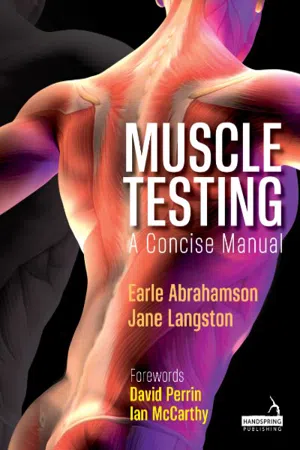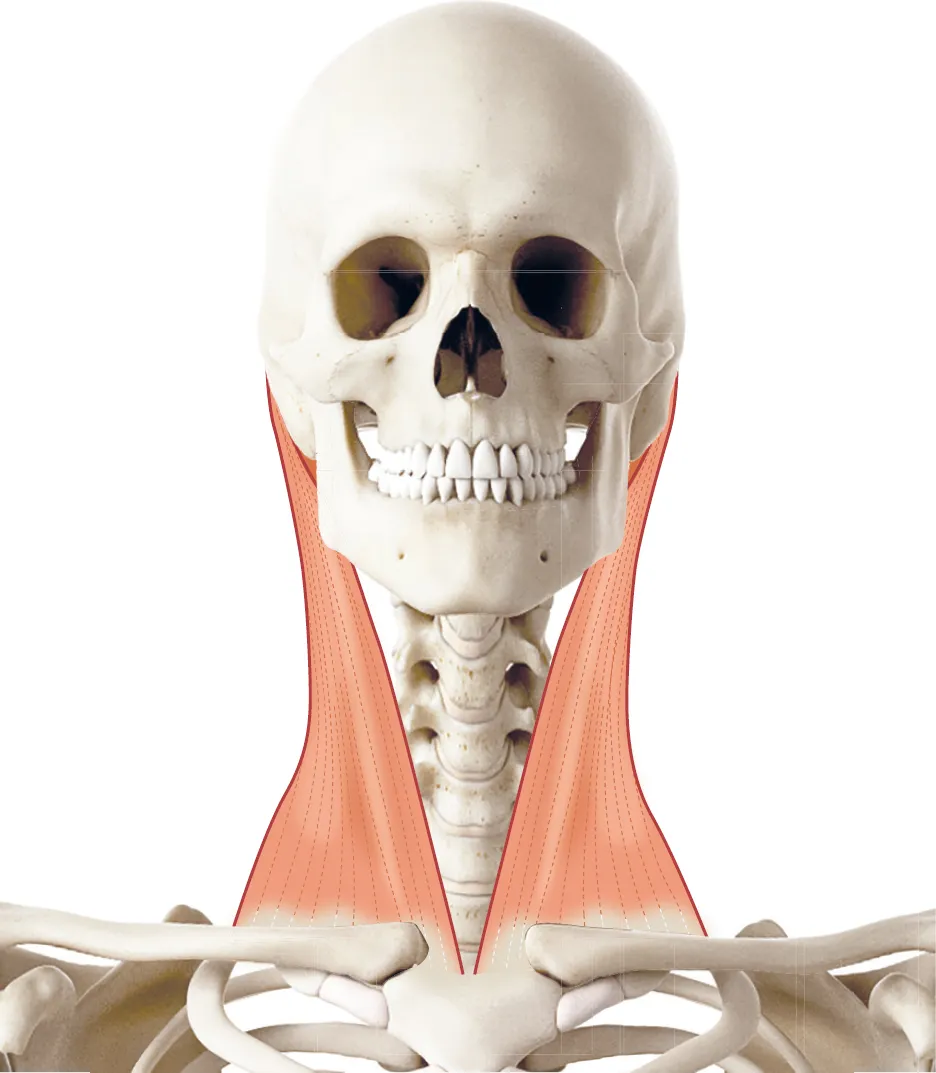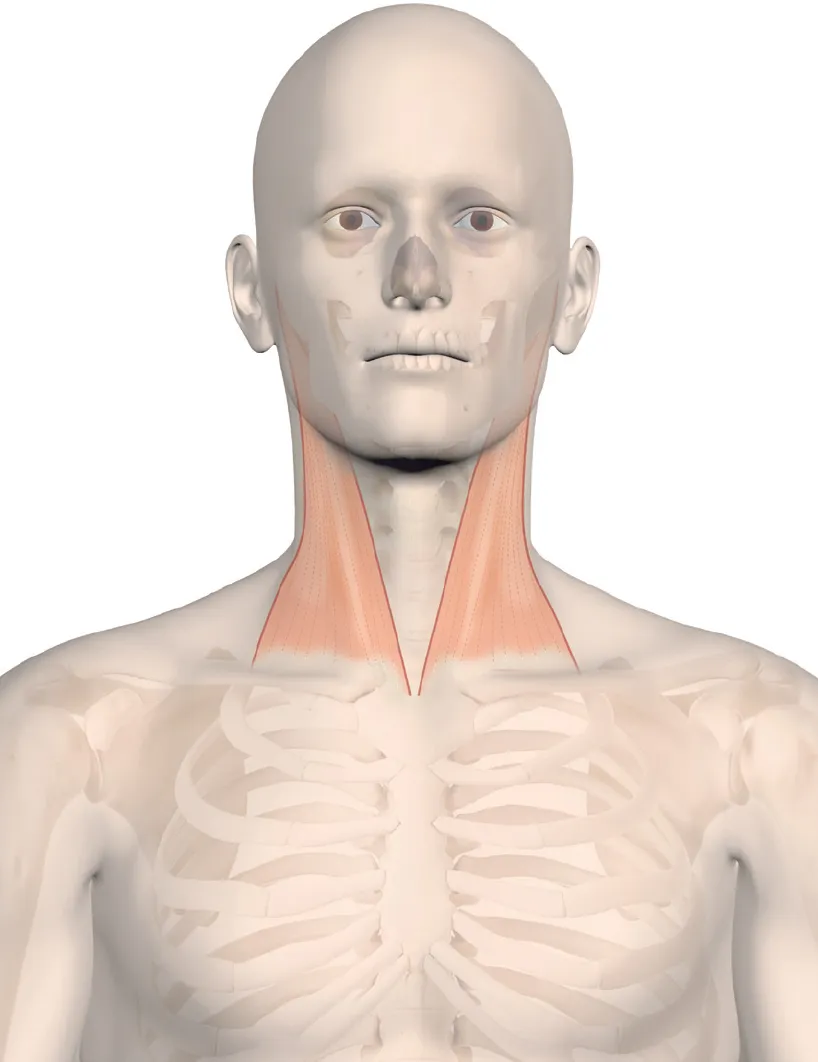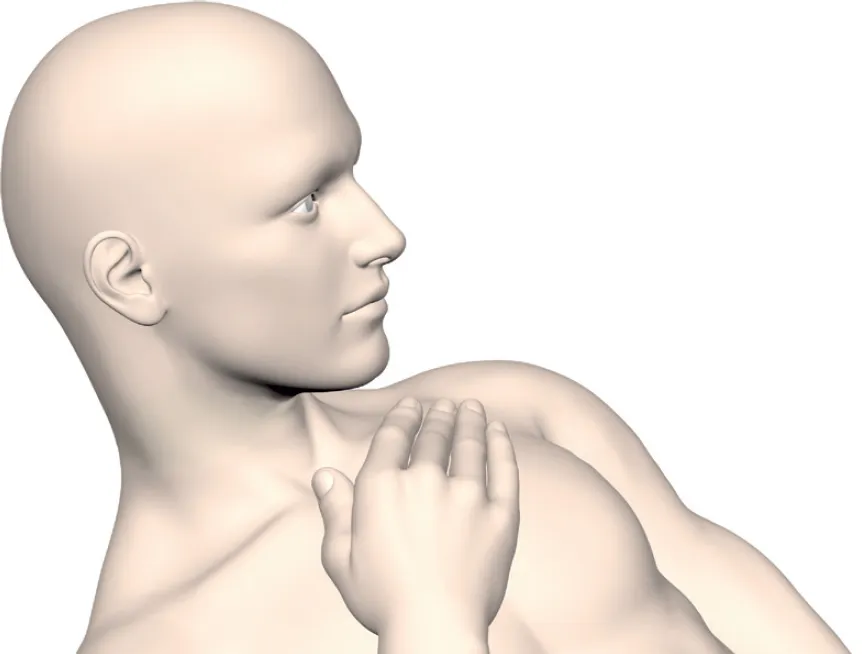
- 304 pages
- English
- ePUB (mobile friendly)
- Available on iOS & Android
About this book
Muscle testing – A Concise Manual, provides a reference for understanding how structure relates to function, and how by knowing function we can learn structural configurations. Often muscular anatomy is taught as a dry subject whereby each muscle is painstakingly reviewed and the learner is expected to cite origin, insertion, action, nerve supply and blood supply. This commonly used approach may not necessarily aid understanding of muscle function, nor does it demonstrate muscular positioning. Through muscle testing, one is better equipped to consider how muscles function individually and in working groups. It is the knowledge of symmetrical movement, range of motion, contractile patterns, resistance and gravity that provides the fuller picture for muscle function and dysfunction.
The text is organised in such a way as to enable the reader to understand anatomical position and assessment of muscular contractile strength. The manual provides movement-relevant illustrations to aid understanding of muscle location and testing positions. This is further enhanced through links to video footage for each test.
The book summarises the key anatomical facts and figures, give methods for muscle testing by several techniques, and provides clinically useful information to supplement the tests.
Frequently asked questions
- Essential is ideal for learners and professionals who enjoy exploring a wide range of subjects. Access the Essential Library with 800,000+ trusted titles and best-sellers across business, personal growth, and the humanities. Includes unlimited reading time and Standard Read Aloud voice.
- Complete: Perfect for advanced learners and researchers needing full, unrestricted access. Unlock 1.4M+ books across hundreds of subjects, including academic and specialized titles. The Complete Plan also includes advanced features like Premium Read Aloud and Research Assistant.
Please note we cannot support devices running on iOS 13 and Android 7 or earlier. Learn more about using the app.
Information




Table of contents
- Cover
- Title Page
- Copyright
- Contents
- About the authors
- Acknowledgments
- Foreword by David H. Perrin
- Foreword by Ian McCarthy
- Preface
- Glossary
- Section One: Introduction
- Section Two: Muscle Tests by Region
- Section Three: Gait Testing
- Index